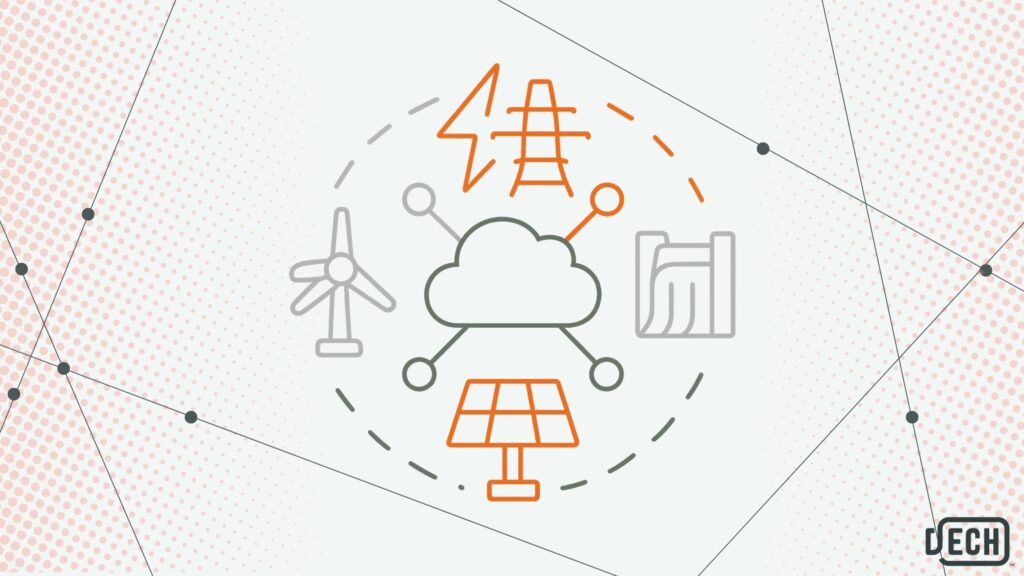The New Jersey Board of Public Utilities staff has proposed the creation of energy storage programs for Front-of-Meter and Behind-the-Meter incentives, both patterned after the solar-plus-storage program proposed in the Board’s Competitive Solar Incentive (“CSI”) Program, with separate market segments created for both types of storage.
At least 30% of the ESIP incentive would be structured as a fixed annual incentive, paid on a kilowatt-hour of energy storage capacity basis, contingent on certain performance metrics. The ESIP fixed incentive would be established through a declining block structure in order to establish a market-based incentive while also providing the industry clear insights into the incentive value for energy storage devices. The grid supply and distributed market segments will each have their own pricing structure. The remaining ESIP incentive will be provided through a pay-for-performance mechanism.
To maximize private investment the staff proposed that private investors be allowed to own and operate the energy storage devices, allowing them to stack revenues from the wholesale electricity market, to utilize the behind-the-meter resource to actively manage their energy usage at the distribution level and reduce electricity costs, or to participate in a Distributed Energy Resource (“DER”) Aggregation service, when available. Revenue from the value stack, including such value drivers as wholesale revenues, power market arbitration, sale of ancillary services and active demand management or peak shaving reduce the need for incentives to accelerate investment in DERs.
We believe that value stacking of program incentives with wholesale market revenues and customer cost benefits is the most effective means to encourage transparency, investment and innovation. The stacking of incentives with other revenue streams and cost savings allows storage developers and customers to maximize the benefits of their storage investments, reducing the incentive required from ESIP.
We support BPU’s plan to encourage private ownership of energy storage resources. Consistent with the state’s competitive electricity market, private ownership of energy storage resources in ESIP will maximize benefits to ratepayers by promoting competition and innovation and insulating ratepayers from uneconomic investments. If utilities are permitted to participate in ESIP with energy storage resources, the costs of such resources would be recovered from ratepayers regardless of whether these resources were the most cost-effective way to meet the goals of the program. This is not in the best interest of ratepayers and not consistent with the decision to restructure the electricity market and open it up to competition. Utilities will play a key role in the program in terms of enabling interconnection of new storage resources and establishing pay-for-performance incentives and dispatch regimes, and that should be their only role in a competitive market.
